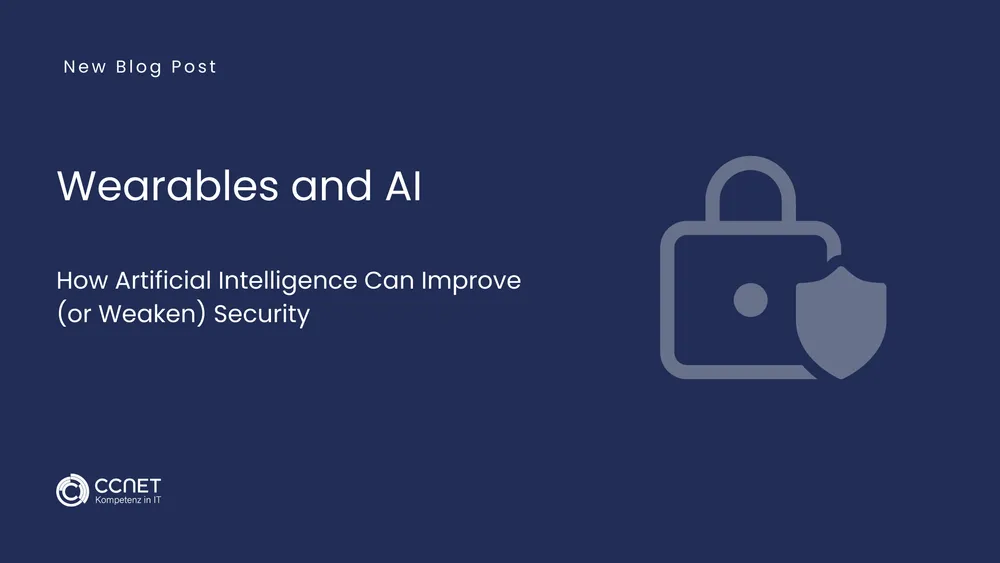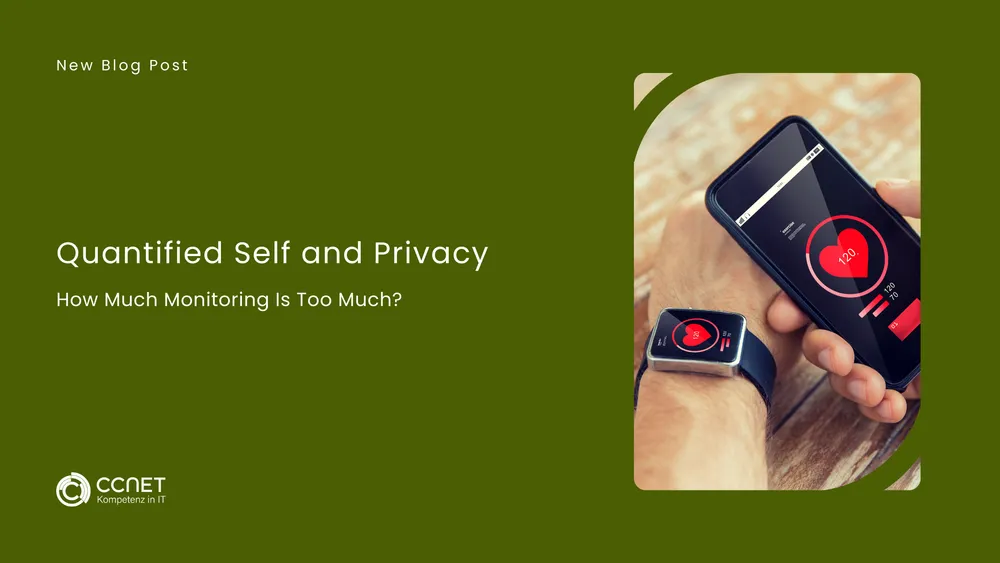
CCNet
Jun 16, 2025 • 3 min read

Wearables and Back-End Security: How Server Attacks can expose Patient Information
Wearables in healthcare are increasingly connected to third-party services to extend functionality and enhance user experience. Whether it’s fitness apps, cloud storage, or AI-powered analytics, integrating external services brings both opportunities and significant risks. In particular, the uncontrolled sharing of sensitive health data poses a serious threat. This article explores how third-party integrations can compromise privacy and what protective measures are needed.
1. Why Third-Party Integrations Can Be Problematic
Many manufacturers of medical wearables offer interfaces (APIs) that enable the sharing of health data with external services. While this enhances functionality, it also introduces various privacy risks:
-
Lack of Transparency: Users often have no clear view of which data is actually being shared.
-
Unclear Privacy Policies: Many third-party services have vague or overly complex privacy policies.
-
No Control Over Data Processing: Once data is shared, it may be processed or stored without the user's knowledge.
2. How Third Parties Endanger Health Data
a) Automatic Synchronization and Data Sharing
Many wearables automatically sync health data with third-party services. Users often unknowingly consent to this transfer, as the necessary permissions are buried in the terms of service. As a result, sensitive data may end up in unsecured databases that do not meet the same security standards as the original platform.
b) Commercial Use and Data Monetization
Data is valuable—especially health data. Some third-party providers use collected information for personalized advertising or sell it to other companies without notifying users. This presents not only an ethical issue but also a serious privacy risk.
c) Security Vulnerabilities in External Services
Not all third-party providers follow high security standards. Poorly secured systems may become targets for cyberattacks, allowing sensitive data to fall into the wrong hands. A compromised third-party service can result in the widespread exposure of health information.
3. Protective Measures for Secure Third-Party Integration
To protect health data and reduce privacy risks, both users and organizations should take the following measures:
-
Review Privacy Policies Carefully: Users should verify which data is shared with third parties and for what purpose.
-
Restrict Permissions: Wearables should share only the data necessary for core functions and avoid granting excessive access rights.
-
Use Privacy-Conscious Alternatives: If available, users should choose services that adhere to high privacy standards.
-
Conduct Regular Security Reviews: Organizations should regularly assess which third parties have access to their data and whether they meet required security standards.
-
Use Encryption and Access Controls: All data transfers between wearables and third parties should be encrypted, and access to personal data should be tightly controlled.
Conclusion: Mindful Use of Third-Party Services Is Essential
The integration of third-party services can greatly enhance the functionality of wearables, but also brings significant privacy risks. Manufacturers and users must be aware of these risks and implement appropriate safeguards. Only through strict access controls, secure interfaces, and clear transparency about data usage can the responsible handling of health data be ensured.
In the next article, we will address another key question:
“Health Data at Risk – How Wearables Expose Personal Information.”
FAQ about wearables
Why are backend systems attractive targets for attackers?
Because they store large volumes of sensitive patient data. A successful attack can result in data leaks, identity theft, or manipulation of medical information.
How does missing authentication contribute to server attacks?
Weak or outdated access controls without multi-factor authentication allow unauthorized access to highly sensitive data.
Why are insecure APIs a risk for wearable backends?
Poorly secured APIs can be manipulated, enabling attackers to exfiltrate data or make unauthorized changes. Weak API keys and lack of encryption increase the risk further.
What is the danger of insufficient encryption of stored data?
Unencrypted or poorl encrypted data can be easily stolen and misused if a server is compromised.
How do ransomware and DDoS attacks affect backend systems?
Ransomware encrypts data, making it inaccessible, while DDoS attacks overload servers and disrupt critical services, both of which can impact patient care.
What protective measures are necessary for secure backend systems?
Strict access controls with MFA, secure API implementations, end-to-end encryption, regular penetration testing, DDoS protection, and robust backup strategies.


